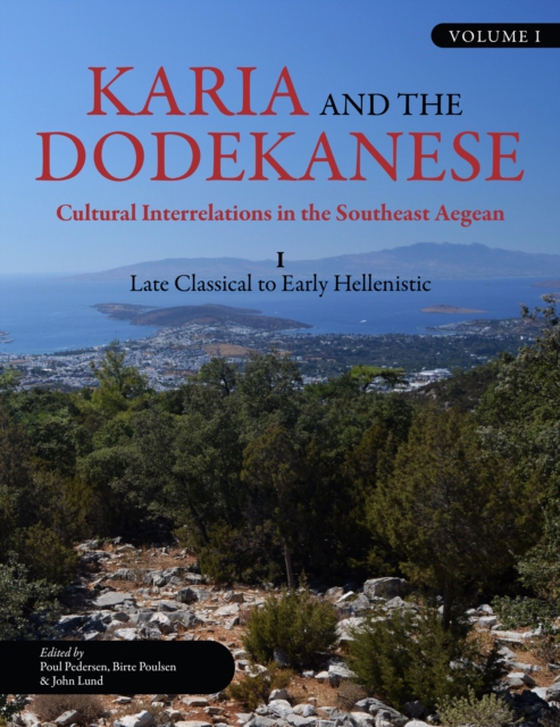
Karia and the Dodekanese e-bog
260,50 DKK
(inkl. moms 325,62 DKK)
The papers in Karia and the Dodekanese, Vol. I, focus on regional developments and interregional relations in western Asia Minor and the Dodekanese during the Late Classical and Early Hellenistic period. Throughout antiquity, this region was a dynamic meeting place for eastern and western civilizations. Cultural achievements of exceptional and everlasting importance, including significant creat...
E-bog
260,50 DKK
Forlag
Oxbow Books
Udgivet
21 januar 2021
Længde
264 sider
Genrer
1DVG
Sprog
English
Format
epub
Beskyttelse
LCP
ISBN
9781789255119
The papers in Karia and the Dodekanese, Vol. I, focus on regional developments and interregional relations in western Asia Minor and the Dodekanese during the Late Classical and Early Hellenistic period. Throughout antiquity, this region was a dynamic meeting place for eastern and western civilizations. Cultural achievements of exceptional and everlasting importance, including significant creations of ancient Greek literature, philosophy, art and architecture, originated in the coastal cities of western Anatolia and the adjoining Aegean islands.In the fourth century BC, the eastern cities experienced a new economic boom, and a revival of Archaic culture, sometimes termed ‘The Ionian Renaissance’, began. The cultural revival furthered rebuilding of old major works such as the Artemision at Ephesos, the embellishment of sanctuaries and a new royal architecture, such as the Maussolleion at Halikarnassos. The rich cultural revival was initially promoted by the satrapal family of the Hekatomnids in Karia and in particular by its most famous member, Maussollos, whose influence was not confined to Asia Minor, but included the Dodekanese islands Kos and Rhodos. Partly under the influence of the Karian satrapy, a number of cities were founded on a new common urban model in Rhodos, Halikarnassos, Priene, Knidos and Kos. When Alexander the Great conquered the satrapies in western Asia Minor in 334 BC, the culture initially promoted at the satrapal courts was carried on by gifted thinkers, poets and architects, preparing the way for Hellenistic cultural centres such as Alexandria.
 Dansk
Dansk

